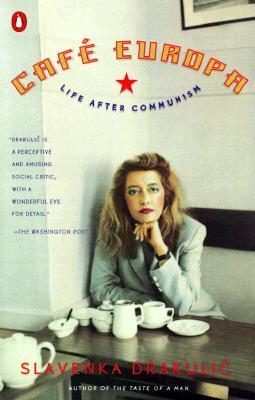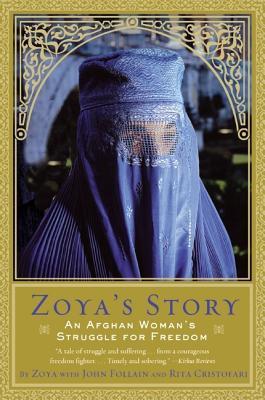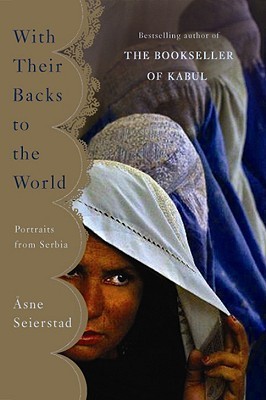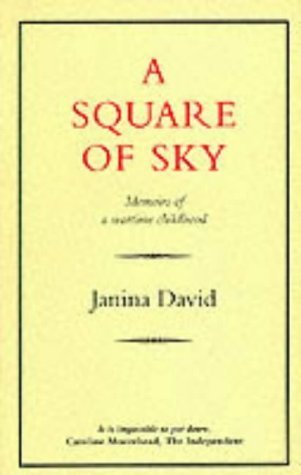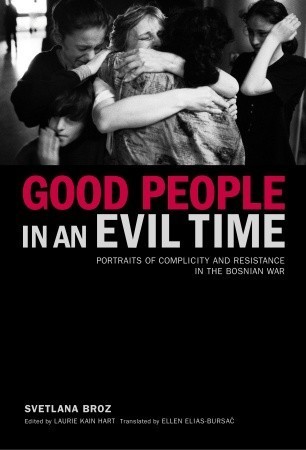
Zlata's Diary: A Child's Life in Wartime Sarajevo
Book Description
A child's laughter echoes amid the chaos of war, but the sounds of explosions drown it out. Zlata Filipović’s poignant diary paints a vivid portrait of a city under siege, where innocence clashes with the harsh realities of conflict. Capturing moments of joy and heartbreak, the young girl's words unveil the resilience of the human spirit against the backdrop of a crumbling life. Friendship and fear intertwine as Zlata navigates the treacherous landscape of Sarajevo, determined to hold onto her dreams. How does one find hope amid despair, and what future awaits a child whose world is shattered?
Quick Book Summary
"Zlata's Diary: A Child’s Life in Wartime Sarajevo" is the moving account of Zlata Filipović, a young girl who documents her experiences during the brutal siege of Sarajevo from 1991 to 1993. Written in diary form, Zlata’s candid reflections capture the transformation of her once-normal childhood into a daily struggle for survival amidst shelling, scarcity, and loss. The diary details her fears, hopes, and longing for peace, while also highlighting moments of friendship, love, and resilience amid chaos. Zlata’s innocent perspective offers an intimate glimpse into the human cost of war, making her story not only a chronicle of conflict but also a powerful reminder of endurance and hope in the face of overwhelming adversity.
Summary of Key Ideas
Table of Contents
Loss of Innocence Through War
Zlata Filipović begins her diary as an ordinary preteen, recording her school achievements, friendships, and birthdays in Sarajevo. Her entries are filled with the typical joys and anxieties of childhood. However, this innocence is soon overshadowed by the outbreak of war. As conflict escalates, her diary shifts from light-hearted musings to fearful observations of the violence overtaking her city. The diary becomes a stark reflection of how swiftly a normal life can be shattered by war, as Zlata grapples with feelings of confusion, loss, and longing for her old life.
Daily Life Under Siege
With the siege of Sarajevo intensifying, everyday life is transformed. Food, water, and electricity become scarce, and each day brings new hardships. Zlata details the constant threat of shelling, snipers, and the destruction of homes and neighborhoods. She chronicles the efforts her family makes to survive, including creative adaptations to daily routines and enduring the uncertainty of not knowing if loved ones will make it through another night. Despite these challenges, Zlata captures the extraordinary resilience required to endure such conditions.
The Strength of Family and Community
Central to Zlata’s survival is her close-knit family and her sense of community. Her parents’ protectiveness and resourcefulness often provide the stability she needs. She writes about neighbors banding together, sharing resources, and finding ways to celebrate small occasions, such as birthdays or holidays, to maintain a sense of normalcy. Amidst fear and loss, these relationships become anchors, offering Zlata comfort and reminding her of the collective human capacity for solidarity and compassion in times of crisis.
The Importance of Hope and Dreams
Despite the devastation around her, Zlata clings to hope and her dreams. She continues her education as best she can, nurtures aspirations for the future, and records even small joys—a visit from a friend or a brief period of relative calm. Her diary showcases the importance of imagination and positivity, which allow her to visualize a life beyond war. Through her words, Zlata demonstrates how children, even in the darkest circumstances, possess the extraordinary ability to hold onto hope.
Bearing Witness to History
Zlata’s diary serves both as a personal testimony and a historical document. Her honest, youthful perspective offers the world a poignant window into the lived experience of war, particularly from the viewpoint of a child. By chronicling her days, Zlata not only processes her own trauma but also fulfills a vital role as a witness. Her narrative honors the suffering of her community while embodying the universal longing for peace, making her diary a powerful record for future generations.
Download This Summary
Get a free PDF of this summary instantly — no email required.

